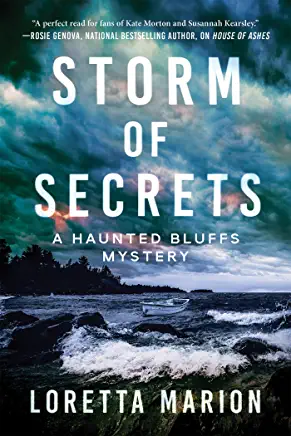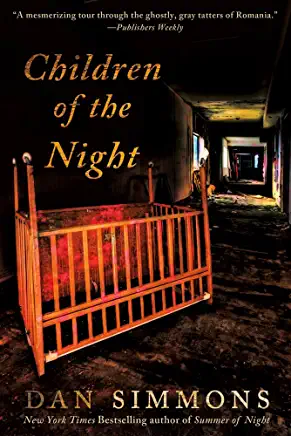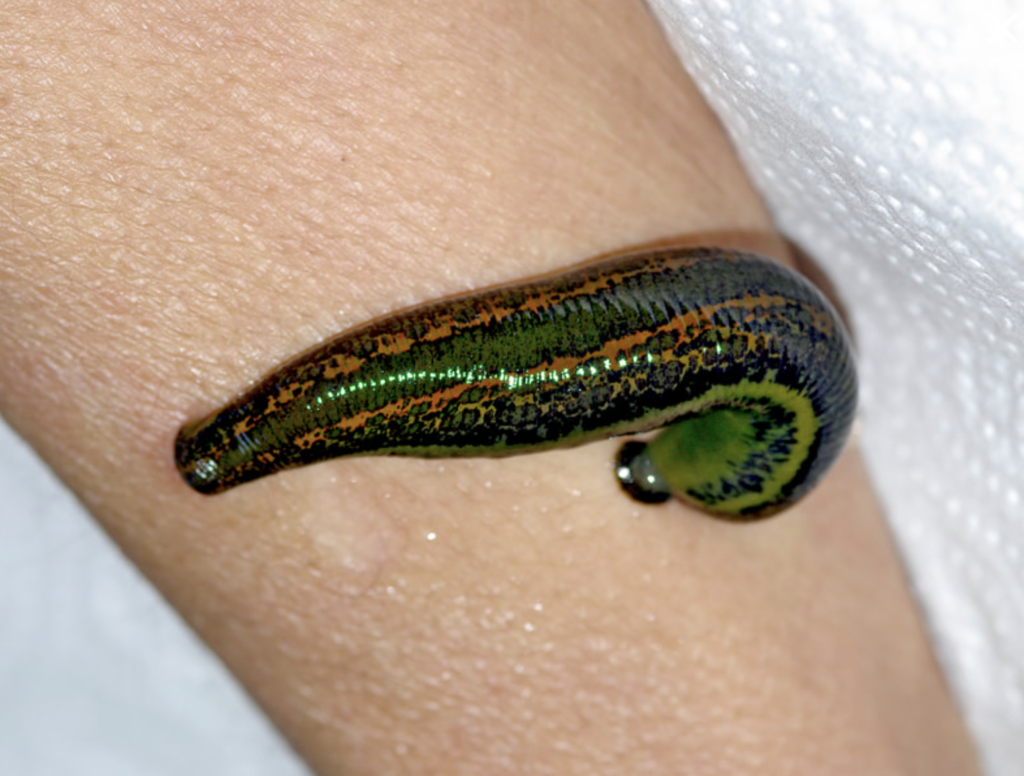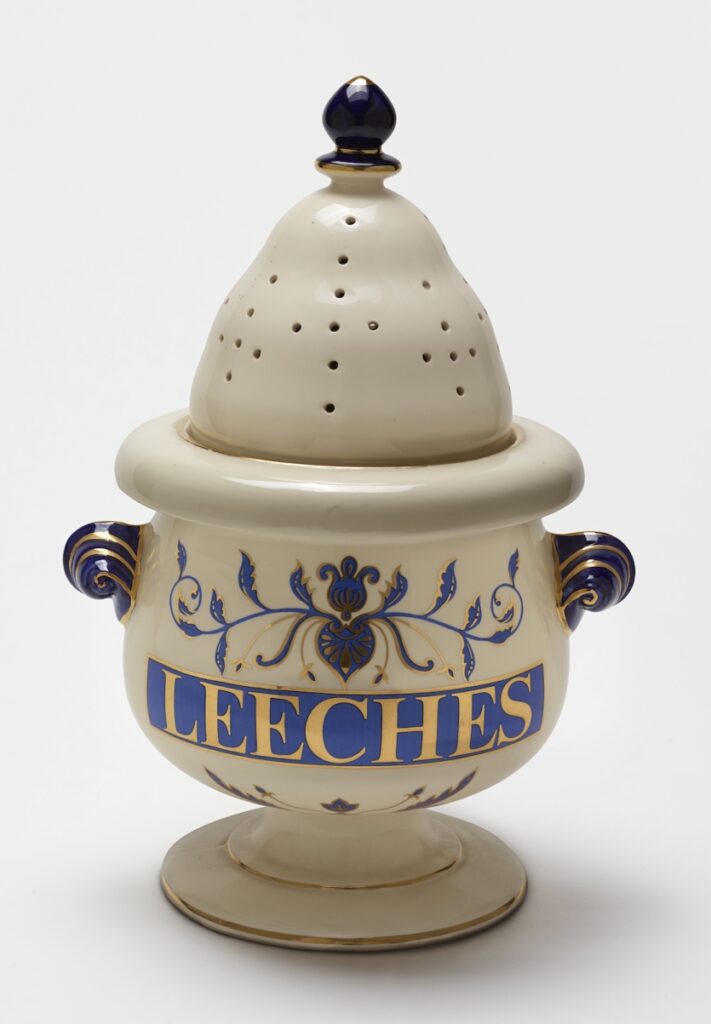A Haunting, a Murder, Secrets and VWD
All Hallows’ Eve, or as we call it tonight, Halloween, is the perfect time to share a novel about a haunting, a murder, secrets and von Willebrand disease!
Cassandra “Cassie” Mitchell is divorced and in her late 30s. She lives in her family’s home, called The Bluffs. Cassie’s great-grandparents built the Victorian house located in Whale Rock Village on Cape Cod, Massachusetts. And Massachusetts has its share of haunted house stories! The Bluffs is haunted, and the spirits there making their presence felt by emitting odors, scents or aromas – acrid or pungent like burning sugar when displeased, or sweet like caramel when approving.

Cassie and her older sister Zoe deal with the Mitchell “family curse,” in which the women suffer from miscarriages and stillbirths, just like their mother did. But they don’t know what causes this curse.
Cassie is engaged to Daniel Benjamin, 45, a retired FBI agent from Boston. But they must postpone the wedding after Hurricane Chantal strikes—the storm becomes a metaphor for ripping the lid off things, especially family secrets. One day Cassie discovers a dead body rolled up in a rug inside a dumpster. Simultaneously, Benjamin assists local police after a 3-year-old boy goes missing. Strangely and coincidentally, a drowned boy washed ashore in 1969 and was found by Cassie’s father. He is called The Barnacle Boy and, as a local legend, is buried in the Mitchell family plot. The grave is visited by a mystery woman who Cassie tries to track down.
Besides the suspicious behavior of the missing boy’s parents, another suspect, Christopher Savage, stays in the carriage house at The Bluffs after the storm. Christopher, who professes his innocence, is friendly with the missing boy’s older brother, who won’t talk to the police. Christopher is a prep school history teacher in New York with a questionable past.
Eventually, the police, with some insight by Cassie, learn of multiple interconnected lives. Three orphaned Italian children moved to Boston to live with relatives in the early 1960s. One, Renata, became a nanny to the Welles family, and later pregnant from the eldest Welles son. Never informing them of the child, Renata left employment for the Welles family, to raise her son, Antonio. Mrs. Welles realizes the connection that, due to their nosebleeds, both her son and Antonio had Type I von Willebrand disease.
Here’s the big connection: To keep Antonio from the Welles, Renata let her brother take him by boat to New York to start over, but Antonio fell overboard during the storm in 1969. He was the Barnacle Boy! Renata became Renee after moving to New York, where she married and had another son named Christopher Savage. Renee never informed her new family of her past before she died of cancer. Yet her sister Isabella locates both her nephews: Antonio’s grave, and Christopher in person, who she had never met before, on Cape Cod. Both nephews, when children, had been given St. Christopher medallions, a clue that confirms their family connection.
Two weeks after the storm, Cassie and Benjamin, along with the police, discover the true cause of death for the victim in the dumpster – an accident that was covered up – and the reason the young boy was hid by his older brother during the storm. A month after the storm, Cassie sees a genetic specialist who finds a genetic abnormality that explains the Mitchell family curse—though not von Willebrand disease? The novel never reveals what it was. Still, Cassie becomes pregnant, pleasing the spirits! And there’s nothing like good spirits.
The book gets 70% 5 stars on Amazon.
Loretta Marion, 2019, Storm of Secrets: A Haunted Bluffs Mystery. New York, NY: Crooked Lane Books. 327 pages.




